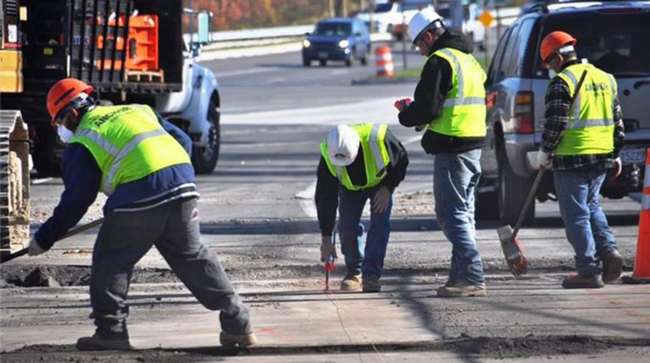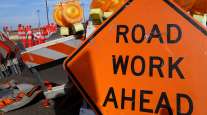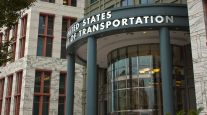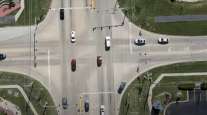Staff Reporter
FHWA Updates Work Zone Safety Regs for First Time in 20 Years

[Stay on top of transportation news: Get TTNews in your inbox.]
The Federal Highway Administration on Nov. 1 updated its regulation for work zone safety for the first time in 20 years.
Included were revisions from a companion rule reflecting modernization of temporary traffic control devices to better protect construction workers who repair highways and streets.
Under an FHWA Federal Register notice are the two related revised regulations rolled into one. They reflect changes in roadway safety measures and the use of technology called “Work Zone Safety and Mobility and Temporary Traffic Control Devices.”
The ruling combines the Work Zone Safety and Mobility Rule (initially promulgated in the Federal Register in September 2004) and the Temporary Traffic Control Devices Rule (published in December 2007 in the Federal Register).

White
“This work zone safety rule took years in the making to engage communities, partners, and public and private sectors to ensure we prioritize work zone safety and reduce congestion to keep us all safe every day,” acting Federal Highway Administrator Kristin White announced Nov. 5. “With USDOT’s commitment to Vision Zero — a future where no one dies on our roads — it’s critical that we keep people safe in work zones, including travelers and those constructing our roads.”
During the past decade, the yearly number of vehicle accidents in work zones soared by 53% to 821 crashes in 2022, and associated fatalities rose nearly 2% during that time, according to the National Work Zone Safety Information Clearinghouse.
“Though highway workers are often among the victims of work zone crashes, reckless driving more often affects those behind the wheel and their passengers. Four out of five work zone fatalities involved drivers or passengers,” FHWA noted.
The Biden-Harris Administration announced updates to the Work Zone Safety & Mobility Rule and Temporary Traffic Control Devices Rule. These revisions, the first in 20 years, aim to protect roadway workers & improve traffic flow through construction areas: https://t.co/dhvlnE7LrZ pic.twitter.com/QC7XRJ9epp — Work Zone Safety (@WorkZoneSafety) November 12, 2024
Taking effect Dec. 2, the ruling requires that state departments of transportation use protective devices, such as temporary concrete barriers, to shield roadway construction workers from vehicles traveling at high rates of speed and those driven for maintenance and utility operations.
FHWA also is advocating that transportation planners conduct more thorough work zone program reviews using metrics to improve safety.
“The changes will facilitate consideration of the broader safety and mobility impacts of work zones in a more coordinated and comprehensive manner across project development stages,” the agency noted in comments about the final rule.
Host Seth Clevenger and Features Coordinator Mike Senatore take you behind the scenes to unveil the 2024 Top 50 Global Freight Companies. Tune in above or by going to RoadSigns.ttnews.com.
It also acknowledged that “increasing road construction activity on our highways can lead to travel disruptions, which could potentially result in congestion and crashes, as well as loss in productivity and public frustration with work zones.”
FHWA mentioned that the influx in federal dollars from the bipartisan infrastructure law has led to more construction projects to uplift aging infrastructure, such as roads, culverts and bridges. The law has allocated $550 billion from fiscal years 2022 through 2026 for new infrastructure projects.
Thus, the revised regulations will mandate that states incorporate safety and mobility performance measures when developing and managing their construction plans and policies regarding work zones.
Another change is the time frame for reporting. States will have more time (five years instead of every two years) to report on their work zone processes and programs. Soon states also must define their safety and mobility metrics to track performance and improve reporting.
Want more news? Listen to today's daily briefing below or go here for more info:





